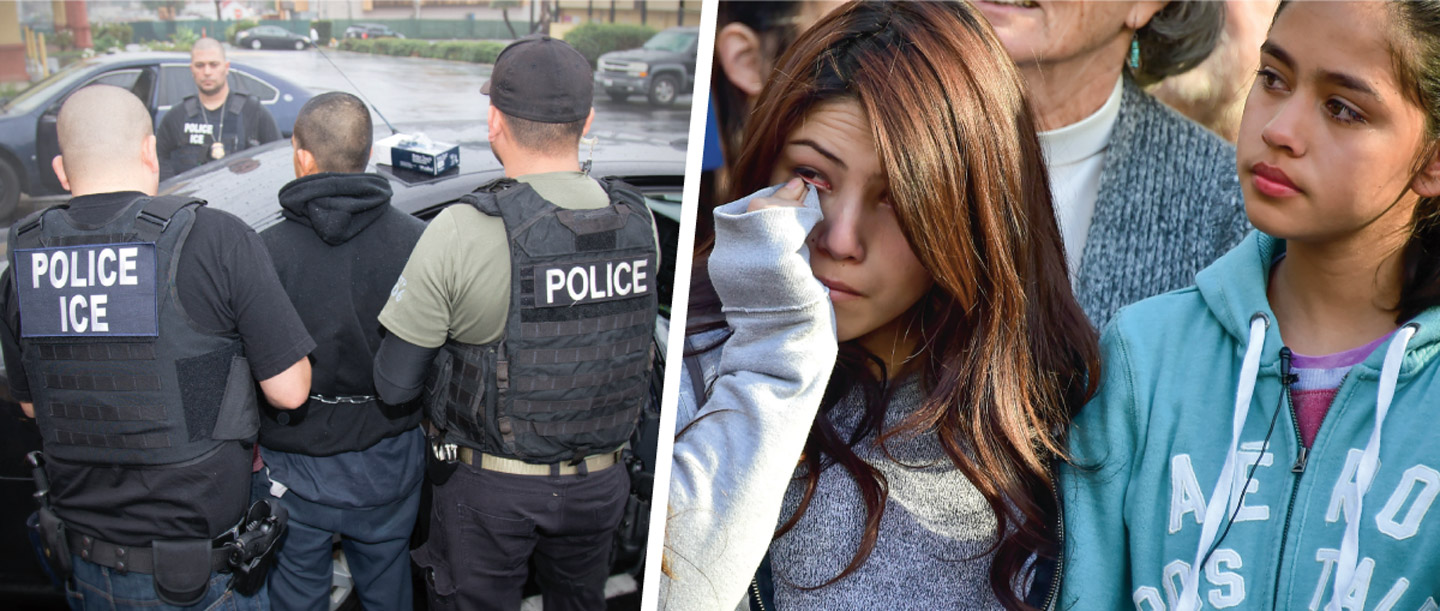Rayos was one of the first immigrants to be removed from the country since President Donald Trump announced new policies on illegal immigration. To many of Trump’s supporters, she was a lawbreaker who got what she deserved. On January 25, he issued an executive order that gives immigration officials greater authority to carry out deportations: Any undocumented immigrant who has committed any crime, even a minor offense such as a traffic violation, can now be deported.
This is a sharp contrast from former President Barack Obama’s policy, which prioritized deporting dangerous criminals, such as murderers. That’s why Rayos, who wasn’t considered a threat, had been allowed to remain here. (Obama did, however, deport more undocumented immigrants—more than 3 million—than any previous administration.)
Because undocumented immigrants break the law just by living in the country illegally, experts say that Trump’s order could easily be applied to all of the estimated 11 million of them who are currently in the United States.
“Every administration has to prioritize who they will go after,” says Steve Yale-Loehr, an immigration law professor at Cornell University in New York. “This goes further than any other president. To make it simple: If someone is here illegally, they are targets for removal.”
The majority of undocumented immigrants in the U.S. come from Mexico and Central America (see chart). About two-thirds of them have been in the U.S. for more than 10 years, according to the Pew Research Center. However, their numbers haven’t increased since 2009, thanks to tougher border security and an improving Mexican economy. In fact, the number of undocumented immigrants in the U.S. has dropped since its peak of 12.2 million in 2007.
The Trump administration says that undocumented immigrants -“victimize Americans” and disregard the “rule of law.” Trump says the new deportation policy fulfills part of his campaign promise to crack down on illegal immigration, a plan that also includes building a wall along the entire U.S.-Mexico border.

